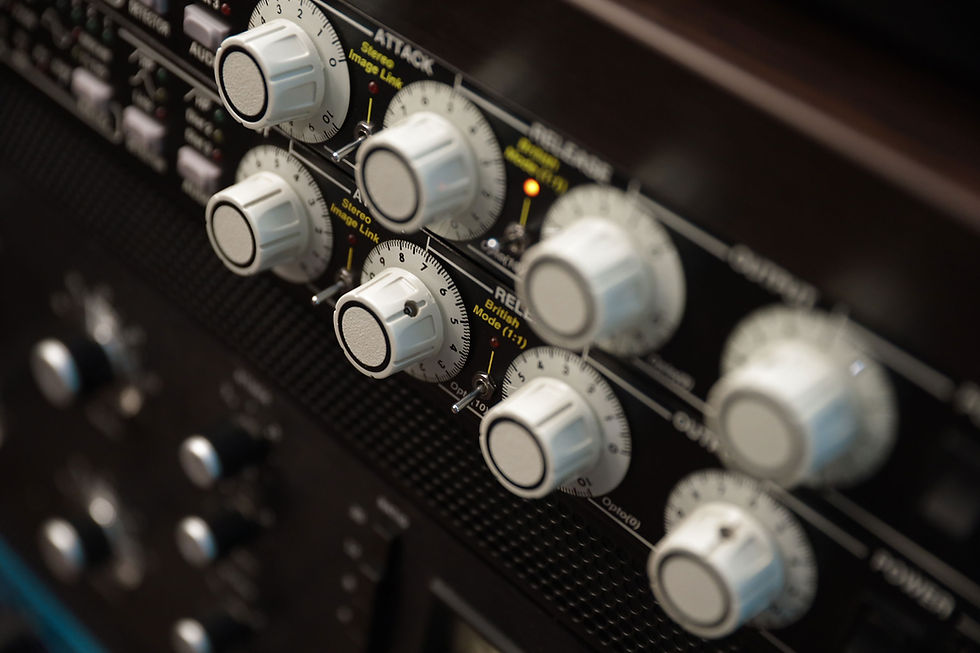The 1980s: Pop Music Meets Technology
- Shubham Mukherjee
- Nov 25, 2024
- 2 min read
The 1980s was a golden age of pop music, especially one that was filled with breakthrough technology, dazzling performances on the world stage, and visual scope in terms of power used by artists to convey their message. The best decade ever experienced is one that highlighted how MTV changed musical consumption and appreciation. In fact, for most people, it was the popular music decade in which the popularity of this genre permanently cemented its cultural supremacy.
Perhaps the most important thing that happened in the 1980s was MTV, which was launched back in 1981. Artists now had a powerful medium to create engaging visual tales that complemented the songs. Icons like Michael Jackson, Madonna, and Prince perfected the ability to merge music with visuals, creating some of the most iconic videos ever made. Michael Jackson's Thriller, being a filmic narrative with unprecedented choreography, brought the music entertainment connection to an unprecedented global phenomenon.

By the 1980s, indeed, the technological advancements significantly influenced the sound of pop music. The new sounds from synthesizers, drum machines, and sampling brought a soundscape of the future. Synth-pop acts such as Duran Duran, Depeche Mode, and Eurythmics captured the zeitgeist with electronic beats and an ethereal kind of melody. Innovations weren't restricted to niche genres; instead, mainstream artists like Whitney Houston and George Michael also created or perfected polished production possible with technology.
The 1980s were also the decade when pop stars began to address social and political issues through their music. Collaborations like We Are the World, initiated by Michael Jackson and Lionel Richie, united the most prominent names in the business to raise money for famine relief in Africa. Songs like Madonna's Like a Prayer pushed boundaries upon themes of religion, race, and sexuality and thus incited controversy and debate.
In the 1980s, live concerts became arts forms that broke all barriers- large-than-life performances offering events unto themselves. Elaborate staging, dazzling visuals, and unmatched energy characterized artist tours like Queen, Bruce Springsteen, and Tina Turner. Special moments of unity were brought about by events like the 1985 Live Aid which saw millions turn their television sets to watch the concert raising funds for humanitarian causes.

Pop in the 1980s also was astoundingly diverse. While artists such as Cyndi Lauper and Culture Club were peddling individuality and self-expression, others, like U2 and The Police, brought even more introspective, socially conscious text and speech into the foreground. The decade proved that pop music can be, at the same time, all those things: fun and frivolous, deep and meaningful, experimental and accessible.
Not even the end of the decade saw any diminution in the innovation sparked by pop music in the face of this new decade. Innovation, spectacle, and boldness characterized the 1980s as they ushered in the digital revolution of the 1990s and 2000s. The lessons learned here about the importance of vision, technology, and storytelling continue to shape the form and function of pop music to this very day.









Comments